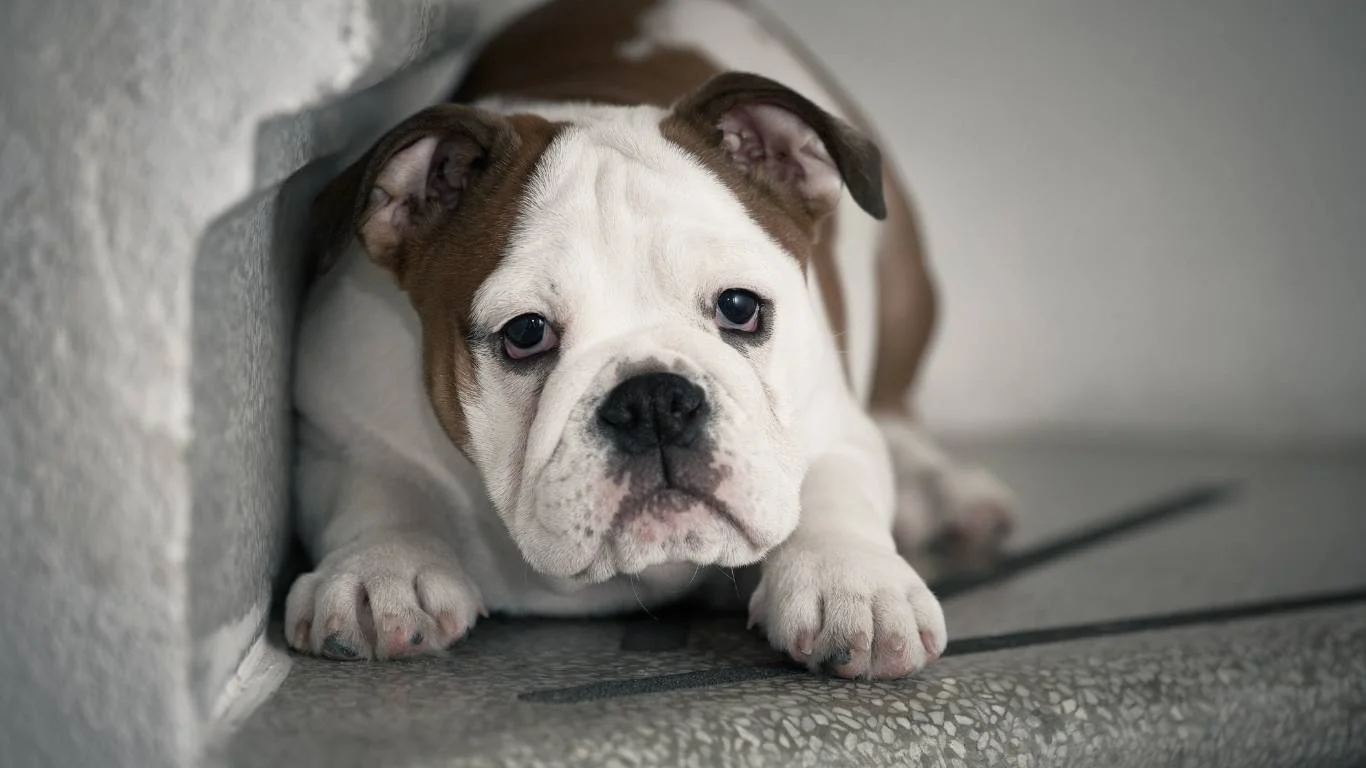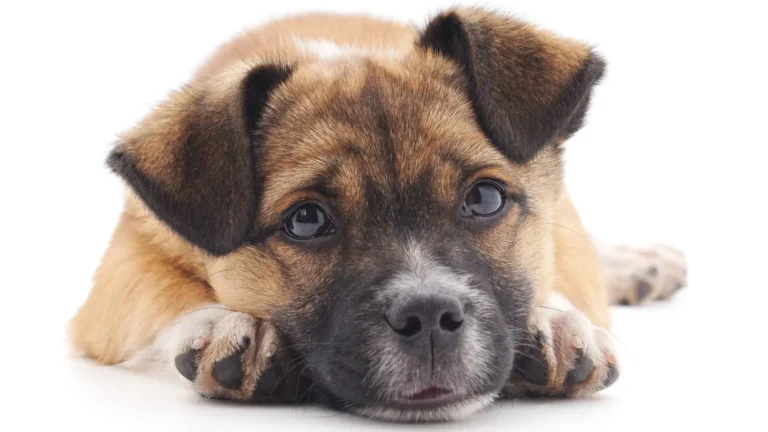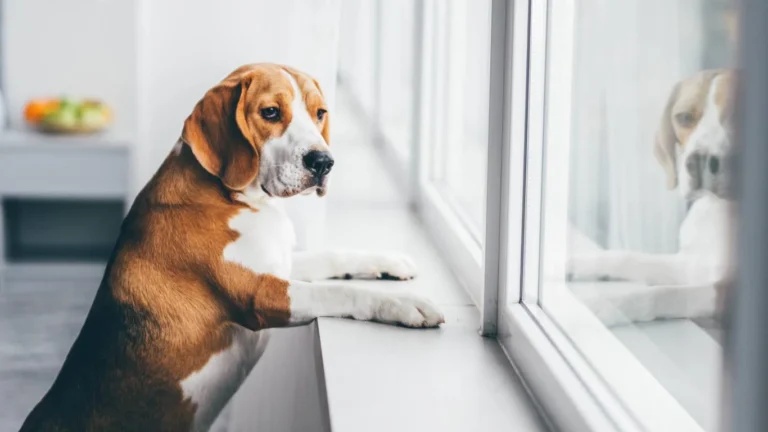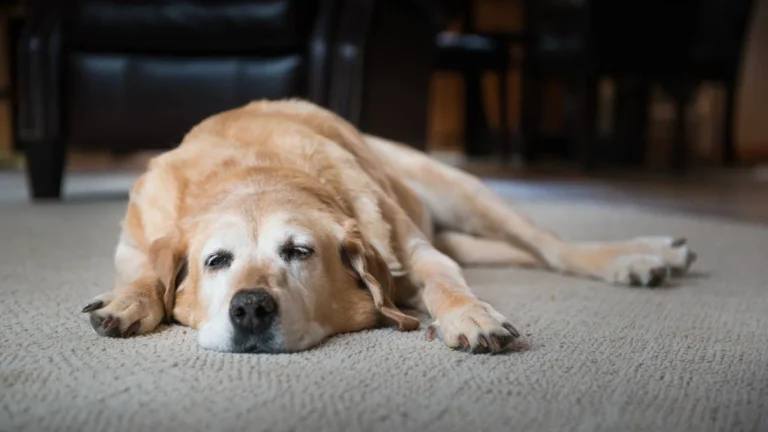Why Is My Dog Squinting One Eye? Causes and What to Do
Noticing your dog squinting one eye can stir concern. It’s a subtle behavior that may seem harmless at first, but it often signals discomfort or an underlying issue. Dogs, like people, use their eyes to communicate—and squinting is one way they may express that something doesn’t feel quite right.
While some causes are mild and resolve quickly, others may require a veterinarian’s care. Knowing what to look for and when to step in can help your dog feel better, sooner.
Signs and Symptoms
Squinting isn’t always easy to catch, especially if it’s intermittent. Pay attention to how your dog is using their eyes throughout the day. Is the squint constant or only happening in bright light? Do they seem bothered by it?
Common signs that may accompany squinting include:
- Redness in or around the eye
- Watery discharge or tearing
- Frequent blinking
- Rubbing or pawing at the face
- Holding the eye shut completely
- Cloudiness or changes in the appearance of the eye
These symptoms can point to discomfort and may indicate that your dog needs a closer look from a veterinary professional.
Causes
There are several reasons a dog may squint one eye. Some are minor, while others can be more serious. It’s helpful to understand the possible causes to better gauge the next steps.
Foreign Object
Dust, grass, or even small insects can get lodged in a dog’s eye, causing irritation and squinting. Dogs who love to play outdoors are especially prone to this. If the object doesn’t come out naturally, it can scratch the surface of the eye and lead to infection.
Corneal Ulcer
This refers to a sore or injury on the surface of the eye, known as the cornea. Corneal ulcers are painful and typically cause persistent squinting. Dogs may also show redness and discharge. They are often caused by trauma, infection, or dry eye.
Conjunctivitis
Commonly called “pink eye,” conjunctivitis is the inflammation of the tissue around the eye. It may be caused by allergens, irritants, bacteria, or viruses. Symptoms include redness, swelling, and discharge, often yellow or green in bacterial cases.
Dry Eye (Keratoconjunctivitis Sicca)
Dry eye occurs when a dog doesn’t produce enough tears to keep the eye lubricated. The result is chronic irritation, squinting, and thick discharge. Left untreated, dry eye can lead to corneal damage.
Glaucoma
Glaucoma is an increase in pressure inside the eye. It can be very painful and lead to squinting, vision loss, or even blindness. This condition progresses quickly, so early detection is crucial.
Entropion
In this condition, the eyelid rolls inward, causing the eyelashes to rub against the eye. It’s more common in certain breeds like Bulldogs, Shar Peis, and Retrievers. The constant friction can lead to squinting, ulcers, or infection.
Eye Trauma
Rough play, scratches from another pet, or running into objects can cause direct injury. Even small injuries can be painful and may prompt squinting, swelling, or visible wounds.
Uveitis
This is inflammation inside the eye, affecting the structures between the cornea and retina. It’s often caused by infection, immune issues, or trauma. Dogs with uveitis may be sensitive to light and show cloudiness or color changes in the eye.
Age-Related Changes
Older dogs sometimes squint due to age-related eye conditions like cataracts or lens sclerosis. While not all of these are painful, they can affect vision and comfort over time.
When to Get Help
If squinting lasts more than a few hours, it’s best to check in with your vet. Eye issues can worsen quickly, and some conditions are painful or risk permanent damage if not treated promptly.
Call your veterinarian if you notice:
- Persistent squinting lasting more than a day
- Visible injury or swelling
- Thick or colored discharge
- Changes in eye color or cloudiness
- Signs of pain, like whining or head shaking
- Your dog is holding the eye completely shut
Dogs can’t tell us when their eyes hurt, so it’s up to us to watch for the signs. When in doubt, a professional exam is always a good idea.
Treatment
The right treatment depends on the cause. Your vet will likely examine the eye with a special light and may use dye to check for ulcers or scratches. In some cases, further testing may be needed to measure eye pressure or tear production.
Common treatments include:
- Saline rinses to flush out debris
- Antibiotic or anti-inflammatory eye drops
- Pain relief medications
- Eye lubricants for dry eye
- Surgical correction for structural issues like entropion
- Treatment of underlying conditions (infections, immune problems)
In mild cases, symptoms may resolve quickly with proper care. More serious conditions may need longer-term management or follow-up visits.
Supporting Your Dog at Home
While your dog is healing, keep them comfortable and avoid any activities that could make the problem worse. Limit exposure to wind, dust, and direct sunlight. You might also need to use an Elizabethan collar (cone) to prevent rubbing or scratching.
Follow your vet’s instructions closely and complete the full course of any prescribed medications, even if the eye looks better after a day or two.
Final Thoughts
When a dog squints one eye, it’s often their way of showing that something doesn’t feel right. Whether it’s a tiny piece of dust or a more serious issue like glaucoma, the best course of action is gentle observation followed by timely care.
Being attentive to small changes like squinting helps keep your dog healthy and comfortable. If you’re ever unsure, trust your instincts and reach out to your veterinarian. They’re there to help you support your dog through whatever might come.




